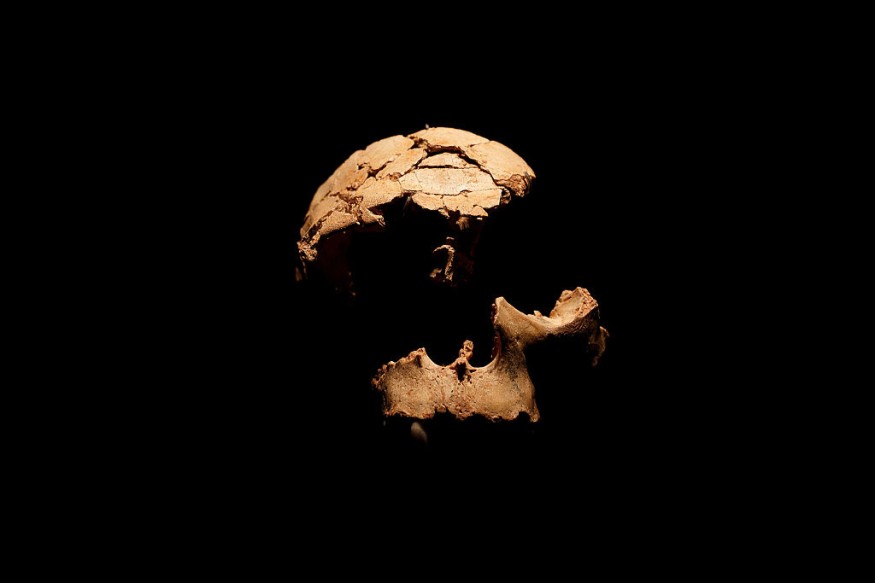A genetic analysis of ancient bones found in a Bulgarian cave last year provides the earliest known evidence of the modern humans in Europe, 45,000 years ago. The remains, whoever it belonged to, was potentially more closely related to present-day East Asian populations of their day than with today's Europeans.
Recently, researchers from the Universities of Padova and Bologna in Italy presented in the simplest explanation the "unexpected kink" in the family tree using genetic relationships and shifts in ancient technology that once again append the story of broader expansion of modern humans outside Africa, according to LiveScience.

The emergence of modern humans in Europe has been difficult to retrace due to insufficient ancient remains identified in the fossil and genetic record. A 2021 study published in the journal Nature provides evidence that there was at least some continuity between the earliest modern humans in Europe and later people in Eurasia.
Migration of Modern Humans "Seeding a Cultural Revolution"
After Homo sapiens left Africa and migrated to what we now call the Eurasian soil, more distant cousins ventured out numerous times and settled before disappearing in the face of the Earth. With the migration of modern humans, there seeds a cultural evolution that eventually changed the planet.
Researchers had pieced together this "monumental journey" from scant surviving artifacts and genome-wide data. The bone fragments recovered from the Bacho Kiro Cave in central Bulgaria in 2015 is the kind of evidence "archaeologists dream of". Dated to around 45,000 years ago, the ancient bones have officially become the oldest Upper Paleolithic hominin bones ever found in Europe.
"By taking archaeological records into account, we can tell they had descended from a larger community on a 15,000-year-long hiatus in their travels east," according to the authors. They conclude that these communities represent "some kind of stepping stone between a future in Asia and a past set in Europe."
In a study led by the Max Planck Institute for Evolutionary Anthropology in Germany, it was found that three of the preserved bodies different genetic origin, and all had Neanderthal ancestors a few generations back in their family history. This confirms that the first European modern humans are mixed with Neanderthals and that such mixing could have been common.
Generous Dose of Neanderthal blood
Neanderthals had disappeared by about 40,000 years and the extent of their relationship with modern humans had been poorly understood.
According to genetic records, a 'generous dose of Neanderthal blood' had recently been introduced into their family tree, causing more confusion on how our ancestors might have moved and interacted. However, the authors are considering one possibility.
"Then, around 45 thousand years ago, a new expansion emanated from the hub and colonized a wide area spanning from Europe to East Asia and Oceania and is associated with a mode of producing stone tools known as Initial Upper Paleolithic," says University of Padua molecular anthropologist, Leonardo Vallini. "Those who branched into Asia thrived, traces of their bloodlines persisting to this day."
However, a second study last year provides a clue on the temporary end to the human experiment in Europe.
Like a "fresh wave of human emigration" some 7,000 years later, we owe most of the rich array of cultures we see today from the west and seed lineages.
Related article : Remains of 66 Individuals Uncovered from Avar Reveal Descendants of a Central Asian Culture Migration
© 2025 NatureWorldNews.com All rights reserved. Do not reproduce without permission.





